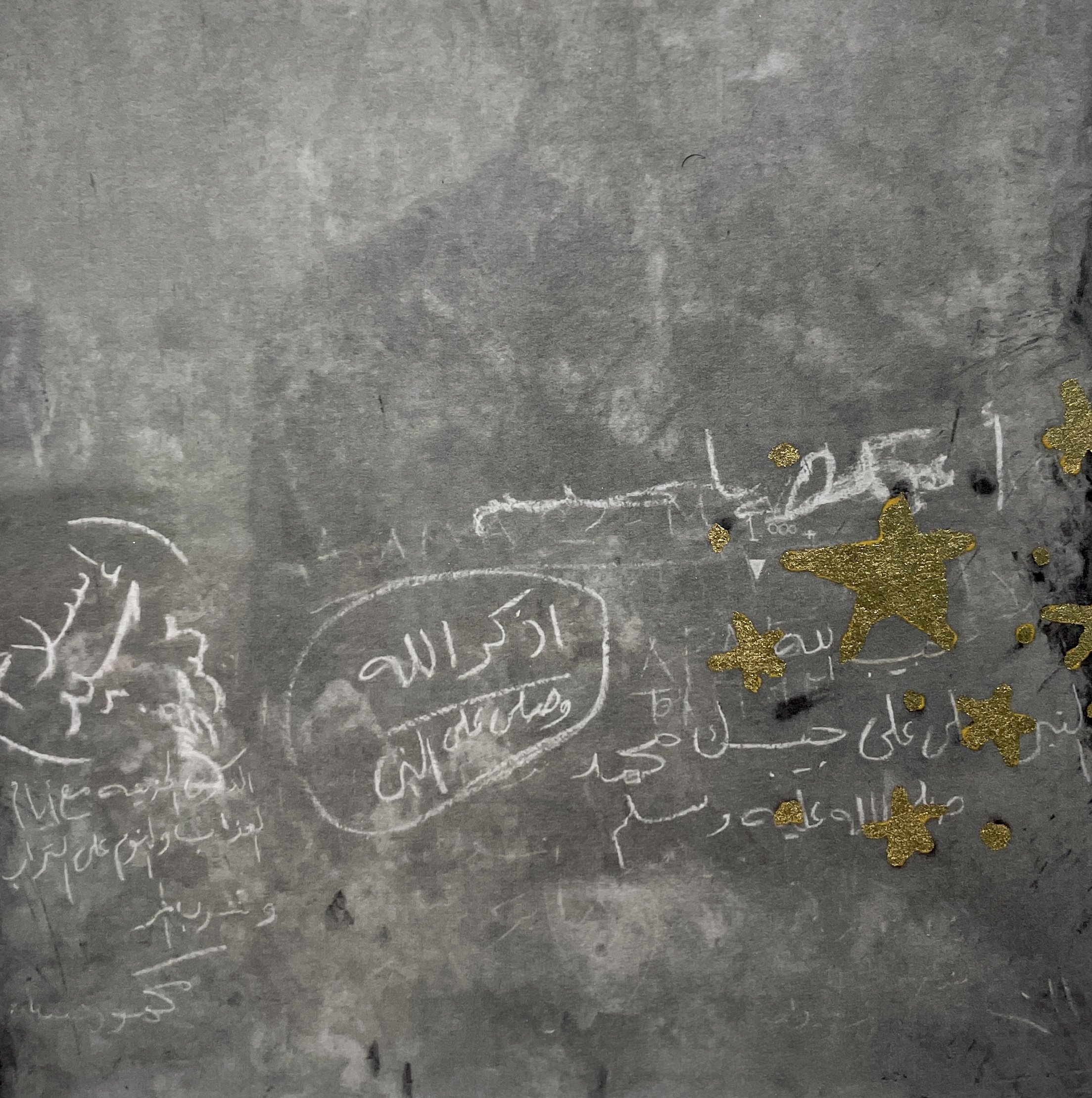The landscape of Cairo is rapidly transforming as the government pushes forward with efforts to modernize Egypt. Daily, new bridges emerge, blocking and redirecting traffic. Entire buildings are razed to widen the highways, leaving only the vibrant interior walls of family homes as remnants of residents' lives prior to displacement. Along the fringes of the City of the Dead, hundreds of tombs are being relocated to accommodate expanding lanes of traffic. The City of the Dead, dating back to around 700 CE, stands as Cairo’s largest necropolis, housing the vast majority of Egypt’s deceased. Struck by great anger and grief, Egyptians objected to the demolition, arguing that the tombs were part of our cultural history and needed to be preserved. The government responded ‘Egypt’s history is as old as history itself, How old does something have to be for it to be counted as history worth preserving?’
“Listen to the prayers they sing” is a memorialization of the demolition of my city told through images of ruins and devotional graffiti. From Ancient Egyptian temples to unfinished buildings in new cities, Egyptians have always used walls as tools of worship. Walls are the protectors of our history, the keepers of our knowledge, the memorial of our dead, and the steward of our prayers. It is the walls that house and hold our lives. Walls can and do talk, as long as people are willing to listen. In a trip to the red sea with my family, I was captivated by the scribbled devotions on the frames of unfinished buildings. One day, the buildings will be bought by developers and a fresh coat of paint will cover the prayers. I thought about all of Cairo’s buildings hiding the names of God under layers of dust and paint. I imagined the prayers being shattered into ruins across the highways. The praises being released into the air along with the dust from the demolitions. Everywhere I turned, I heard the walls sing.
In grieving the loss of my city, I am meditating on the use of graffiti as an act of prayer and resistance. In the presence of violence I am brought to prayer. I have transformed the ruins of Cairo into my own canvases for worship. Within the rubble, I pray for the preservation of my country's histories. I pray for my ancestors within their graves. I pray for the families relocated from their homes. I pray for the 1.9 million displaced Palestinians and those who are denied entry into Egypt. I pray to see the day my country stops worshiping the dollar. I pray that all the prayers written within the walls are answered.



















